TRACING THE PATH PODCAST

Celebrity Edition: The Rest of the Story
This episode, “Celebrity Babies,” unfolds as a series of interconnected historical narratives, presented in the style of “The Rest of the Story” to reveal surprising familial links. It begins by tracing the lives of six individuals who made significant historical contributions—from Rudolph Hess’s interrogator, Brindley John, and Japanese codebreaker, Jacqueline Jenkins, to Israeli Air Force founder, Milton R. Milton, theater owner Betty Lou Bredemus, aerospace engineer Judith Love Cohen, and Ebola virus stopper, William Close.
Each person’s story highlights their individual impact on major 20th-century events like World War II, the space race, and the Civil Rights Movement. The true purpose of the piece is revealed at the end: all these historical figures are parents to well-known modern celebrities effectively demonstrating the hidden connections between historical events and contemporary culture.

Audio Hour:
If you run an activity group, classroom or “audio book club”, click here for more information on using Tracing The Path.
Throughout the episodes, every tune is somehow related to the topic. In the Twinkies episode, for instance, the discussion of the Brooklyn Tip-Tops Baseball team concludes with “Take Me Out To the Ballgame”.
How many do you recognize? And harder, how many can you name?
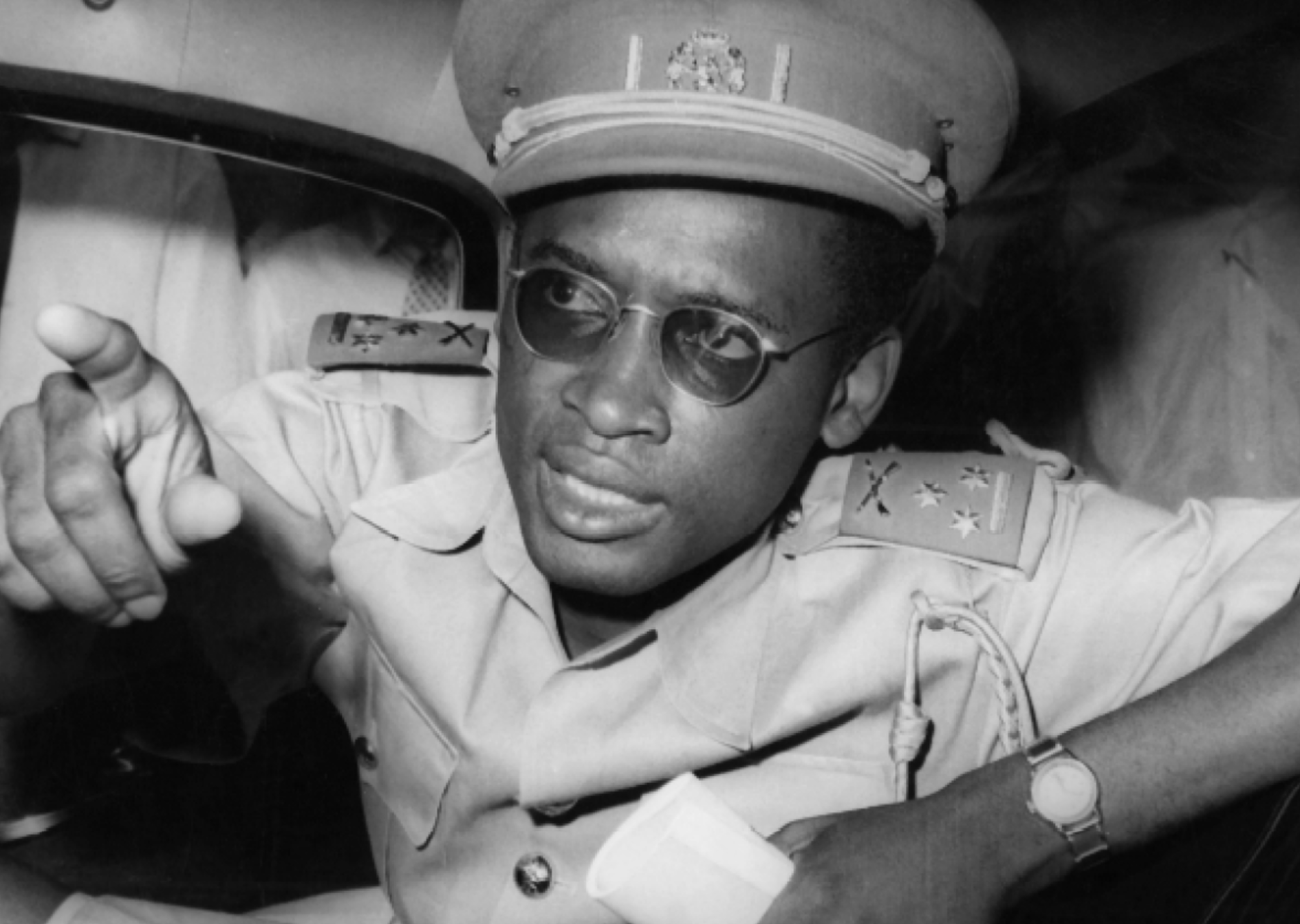
Paul Harvey and his son Paul Harvey Jr. wrote the most amazing collection of tales called “The Rest of the Story.”
Today is our tribute to them.
In the fashion of the Harvey’s, these stories will come together in one amazing revelation.
Get ready for the rest of the story.
Chaper 1 – Brindley John
Our story begins with a young Rudolph Hess in Alexandria, Egypt, 1905. He was born into a wealthy family who ran an import/export business.
Egypt was under the control of the British at the time, and from that Rudolph accrued a distrust and dislike for non-white people. These feelings would pervade his entire life and what that eventually lead to his downfall.
Hess went to school in Germany and Switzerland before enlisting in the German army, where he took part in World War I. During the war, he was both lucky and unlucky, having been wounded but survived on three separate occasions.
The war left him wanting to train as a pilot, which he did right after.
His personal feelings led him to joining an anti-Semitic right-wing group, which he became an active member. He also enrolled at the University of Munich, where he grew his pro-German views.
His professor, Carl Householder, introduced him to the idea of Germany blossoming by taking over parts of Eastern Europe, so its citizens could have more living space. In 1920, he attended a Nazi party rally rally where he saw Hitler speak and became wholly devoted to his ideals. He too felt Germany got a raw deal after World War I.
The outcome of which they believed was a conspiracy, led by the Bolsheviks and the Jewish population.
After meeting Hitler, he shared the notion of living space, and soon became Hitler’s right-hand man. He was so close to Hitler that when Hitler was jailed for an attempted coup, Hess got himself arrested to be with him in prison.
It was then that Hitler dictated and typed his manifesto named “Mein Kampf”. After being released from prison, Hitler’s rise was swift and has remained beside him the whole time.
It was Hitler’s plan to invade Russia, and thus he turned his attention to his military advisors, and so Hess felt a bit sidelined. But he came up with a plan to become a hero in Hitler’s eyes again. His old professor postulated how difficult it would be for Germany to fight a war on two fronts.
Hess thought if he could broker a peace deal with Great Britain, Hitler’s Russia plan would succeed. So Hess decided to use his pilot training to fly 900 miles to meet with the Duke of Hamilton in Scotland whom he thought might not support Churchill.
However, on the international stage, Hess wasn’t really a statesman or an official representative of Germany, and thus he planned a surprise visit to the Duke of Hamilton. But his flight didn’t go as planned and he ended up parachuting in to Scotland, where he was captured and brought to an interviewer, Mr. Brindley John.
Brindley John was born in 1914 in Cardiff Wales. He went to a public school that specialized in Latin, German and choral singing. He completed his schooling at Cambridge with a double major in medieval languages.
In 1940 he was commissioned in the British Royal Air Force and drafted into the intelligence division. His fluency in German had him interrogating captured soldiers, including, in the May of 1941, Mr. Rudolph Hess.
His interrogation of Hess led to Hess being incarcerated for life.
After Hess was present, Brindley was elevated to the top secret code-breaking project at Bletchley Park. The Bletchley Park crew was responsible for breaking Germany’s unbreakable Enigma code. Brindley’s task at Bletchley was analyzing messages about Germany’s field marshal, Erwin Rommel, in North Africa.
Staying in control of North Africa was critical to Britain because of the Suez Canal, and their need to use it for supplies. The Battle against Rommel culminated at Al Alamein.
Rommel’s campaign in North Africa had been so successful he was labeled the Desert Fox, and the Allies were worried. But it was Brindley, the interrogator of Hess, and his team at Bletchley Park, that was able to break the code and pinpoint attacks on Rommel’s supply lines.
The lack of supplies forced Rommel to surrender at El Alamein. Even Churchill commented on the success of Bletchley Park. He said, “Now this is not the end, it is not the beginning of the end, but it is the end of the beginning.” After the war, Brindley John became a teacher and pursued a love of music. He will always be remembered for interrogating Rudolph Hess and helping surrender Rommel.
Remember, Brindley John, as we go into chapter 2 of our tale.
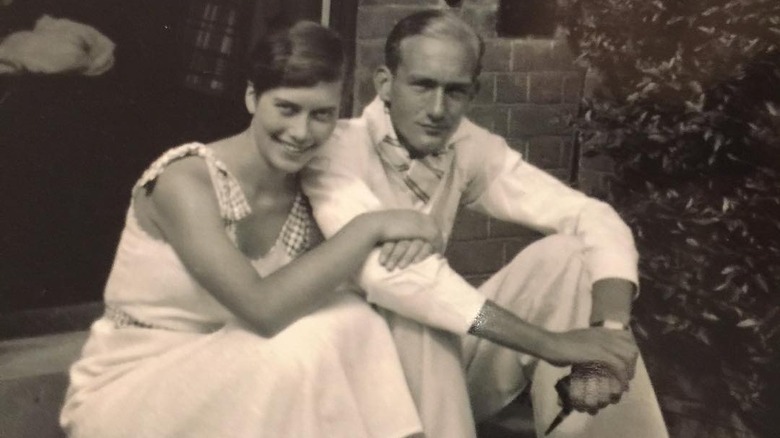
Chapter 2 – Jacqueline Jenkins
Isoroku Yamamoto was born in 1884 to a samurai family in Japan. Having a family history rich in military culture Yamamoto graduated from the Imperial Japanese Naval Academy in 1904.
Afterwards he attended Harvard University and served as a naval attaché in Washington, D.C. where he became fluent in English. Following college, he became a military commander in Japan, taking part in the Sino-Japanese war, which launched World War II.
When World War II broke out, Yamamoto found himself the admiral of the Pacific Fleet, masterminding the attack on Pearl Harbor. Yamamoto wanted to prevent the US and Britain from interfering in their southward journey. He thought destroying the US fleet would buy them months of time.
What he didn’t know is how the country would unite against Japan, nor did he realize how the attack would change America.
Having just come out of the Great Depression, the US was still struggling economically. Jobs were growing at a snail’s pace. And instead of joining the working economy, women were shamed into staying home. With some stating, it was immoral to take jobs from unemployment. And others suggested middle-class women should never lower themselves to work.
The Pearl Harbor attack in World War II would change that.
In 1942, the War Man Power Commission was established to increase the manufacture of war materials and had the task of recruiting women into the war effort. The government developed an elaborate campaign, often using posters to get the word out.
The concept of Rosie the River was born.
It was a rare moment in American history, unprecedented in fact. Educated women were not only wanted but competed for, engineering firms, chemical firms, the FBI, and the military were all interested.
At the time, the only women in uniform in the military were members of the Army and Navy Nurse Corps.
In late 1942, Franklin Roosevelt signed two bills to help change the military. One for the Army, forming the Women’s Army Auxiliary Corps, and one for the Navy, forming the WAVES group, (ie Women Accepted in Voluntary Emergency Service).
While thousands of women stepped up to serve the country, some areas needed very specific skills. One of those was the Signals Intelligence Service. It needed women with exceptional math and analytical skills.
A single piece of paper with the words, “Women’s Colleges” was handed to the Secretary of War and Henry Simpson.
Being highly classified, the plan they intended to implement needed to be relayed from person to person. So Henry Stimson reached out to people in the academic world he personally knew. First, one of those was his niece Dorothy Stimson, who was the Dean of Goucher College in Baltimore, which was a women’s college and a sister to John Hopkins University.
Dorothy sent a somewhat cryptic note to the math and science professors, asking if they could round up their best and brightest for a job that could possibly lead to war work. The women had no real idea what the request was about, but it came with two questions.
One, do you like crossword puzzles?
And two, are you engaged to be married?”
Everybody who said yes, and then no, was asked to a meeting to see if they would be interested in taking a class on a new field called cryptoanalysis.
The women were told if they finished the class successfully, it would open doors to paid work. But the catch was, they couldn’t tell a living soul about it.
One of those women was Jacqueline Jenkins, and she was excited to take part. Since the class was absolutely secret, Jacqueline had to make up stories for the days she went to that class. She took hers in a locked room on the top floor of Goucher College.
All the women who finished the course attended a public induction service for their induction into the WAVES group of the U.S. Navy. They became the Goucher Girls of 1942.
About three-fourths of the women were cleared for top secret clearance and sent to Washington, D.C. Jacqueline was tasked with helping Operation Vengeance. There she and others, from a variety of women’s colleges, attempted to break the Japanese-coded messages, which they labeled the Purple Code.
Jacqueline’s team was the first to decipher the location of Admiral Isoroku Yamamoto, the mastermind of Pearl Harbor, and then the Commander-in-Chief of the Japanese Imperial Navy.
Jacqueline’s information led to the successful Navy bombing of Yamamoto’s ship, which became his final resting place.
After the war, she married a man who had been a prisoner of war for four years in Japan, but kept her role in the war secret for 25 years. She never even told her husband. She didn’t even share that she had been sent to Hawaii for some of that work.
The Goucher Girls of 42 were a trustworthy group.
If you think the code breaking is the tie that binds our two stories together, you’d be mistaken. See if you can figure out the amazing revelation after this next third tale.
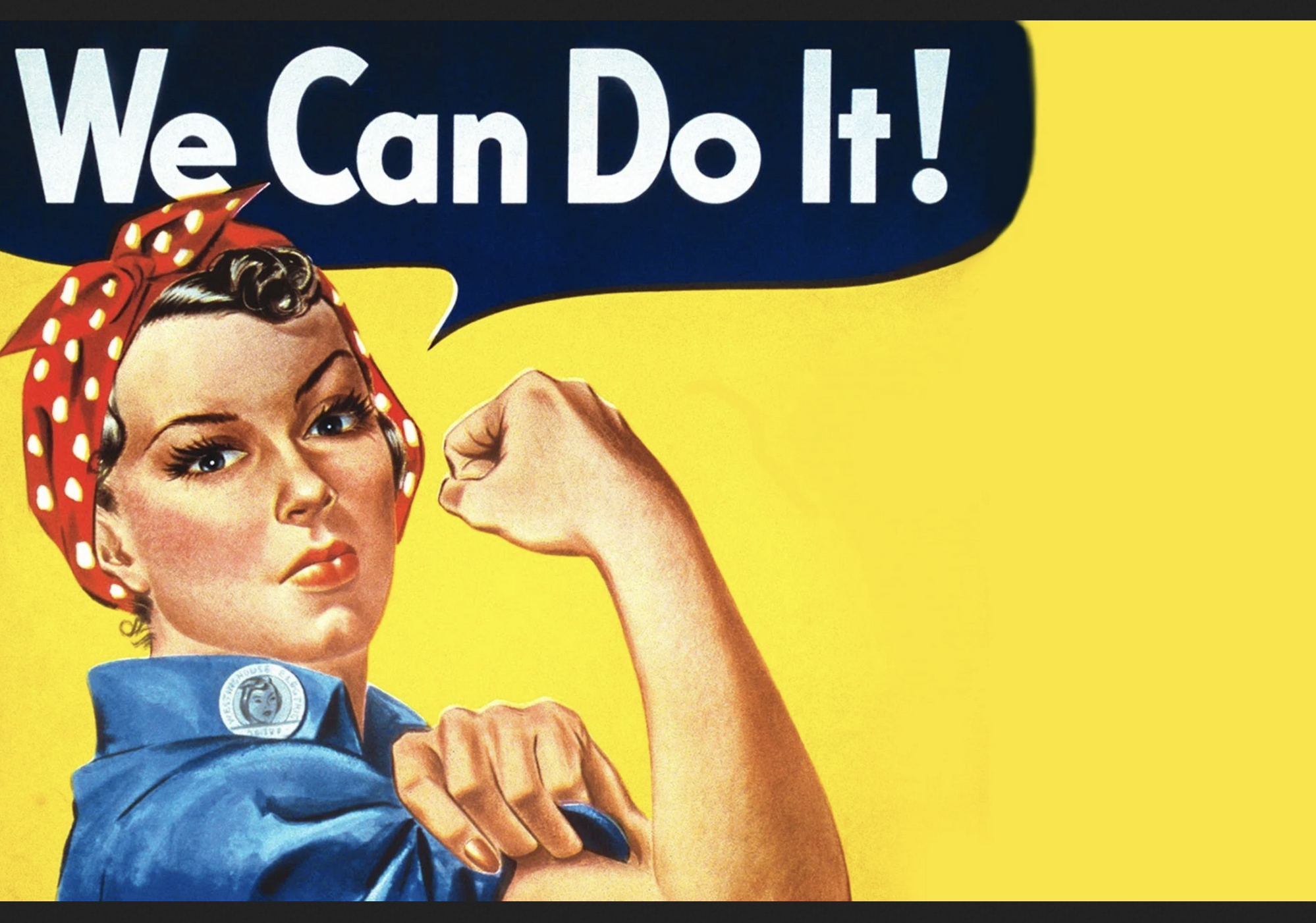
Chapter 3 – Milton Rubenfeld
This one asks the question, “Would you be willing to give up everything? Would you be willing to lose your citizenship? Would you be willing to fight for someone else’s freedom? And with that, we start with our hero this time.
Milton Rubenfeld was born in Peeksville, New York in 1919 with a penchant for adventure. Eagle Scout, Rattle Snake Hunter, and Flying Aerobatics Instructor, all dot his youthful resume.
At the age of twenty when World War II broke out in Europe, Milton wanted to be part. Since the U.S. wasn’t part of the war yet, Milton left for England, where he joined and flew for their Royal Air Force.
He flew with a team of four, flying Spitfires. He stayed with the Royal Air Force for two years and participated in their battle of Britain. But once the U.S. entered the war, a rule was put in place that any citizen who served with another country would lose their citizenship.
So Milton returned and joined the American Air Transport Command, ferrying troops and supplies where they were needed. Immediately after the war and back home in 1948, Milton was contacted by Hyman Shechtman.
Shectman was a representative of the underground Israeli Defense Force called the Haganah.
Shectman knew of Milton’s flying exploits in the wars, and more importantly, he knew that Milton was Jewish. He explained to Milton that Israel was about to declare itself a state with the help of the United Nations, and when it does, he said, “The Arab nations all around it will attack.”
Israel had no way to defend itself, but they had secretly bought some planes. They just needed pilots.
Milton knew, this operation, could be fatal.
He knew going, he might lose his U.S. citizenship.
He knew he’d be fighting for people he’d never met.
But he also knew of the atrocities of the Holocaust, and the importance of giving a homeland to the Jewish diaspora.
So he said yes.
Al Schwimmer who had been an aerospace engineer at Lockheed and had worked for TWA, felt the announcement of the Israeli state would end up like another Holocaust. With all 600,000 Jews likely being killed by their herb neighbors, unless help was brought in.
So he used his contacts to secretly get planes into Israel.
Sometimes they had to be dismantled, put on ships and other planes, and then rebuilt secretly in Israel. The planes they got were German Messerschmitt that had been abandoned by Germany in Czechoslovakia.
They also got Nazi uniforms and helmets. The irony of that did not escape Milton.
They had to train in secret as well.
Milton flew to Czechoslovakia where he trained on German Messerschmitts, as did two of the other pilots. In total, five pilots were recruited, but they only acquired four planes. No one in the world knew Israel had an Air Force, even if it was only four planes, not even the Israeli people.
On May 29, 1948, the Egyptian army was 20 miles outside of Tel Aviv approaching fast. 10,000 men in 500 tanks were bearing down on Israel. Milton and the other four were Israel’s only hope.
So when the columns of tanks and soldiers approaching got close, four of the five pilots took off. Unaware Israel had any sort of army. Egypt was stopped in his tracks as four planes approached, destroying tanks and guns. Unsure of what to do and more unsure about the entire size of Israel’s Air Force, the Egyptian leadership turned back.
It was as close as the Egyptians had ever gotten to Tel Aviv, and today it still is.
On the second day, a light column of armored vehicles was advancing from the east. Milton and two other pilots strafe the column and dropped several 70 kg bombs. As they did on day one, the advancing armies retreated.
During the battle, Milton’s plane was shot. However, he was able to nurse it closer to home, but still had to parachute about two hours away into the Mediterranean.
He was okay, but he had to swim to shore. And since no one knew the Israeli Air Force existed, the people on shore who saw him swimming thought he was an air pilot and began shooting.
Being a U.S. citizen and native New Yorker, he didn’t know much Hebrew, but he did know how to say “hello” and “Gefilte Fish” in Yiddish. And he yelled that over and over and over, which stopped them from shooting long enough to grab them out of the water and see his Hebrew ID.
Milton did not lose his citizenship or his life, having flown for England to the US and Israel. He known as having started the Israeli Air Force.
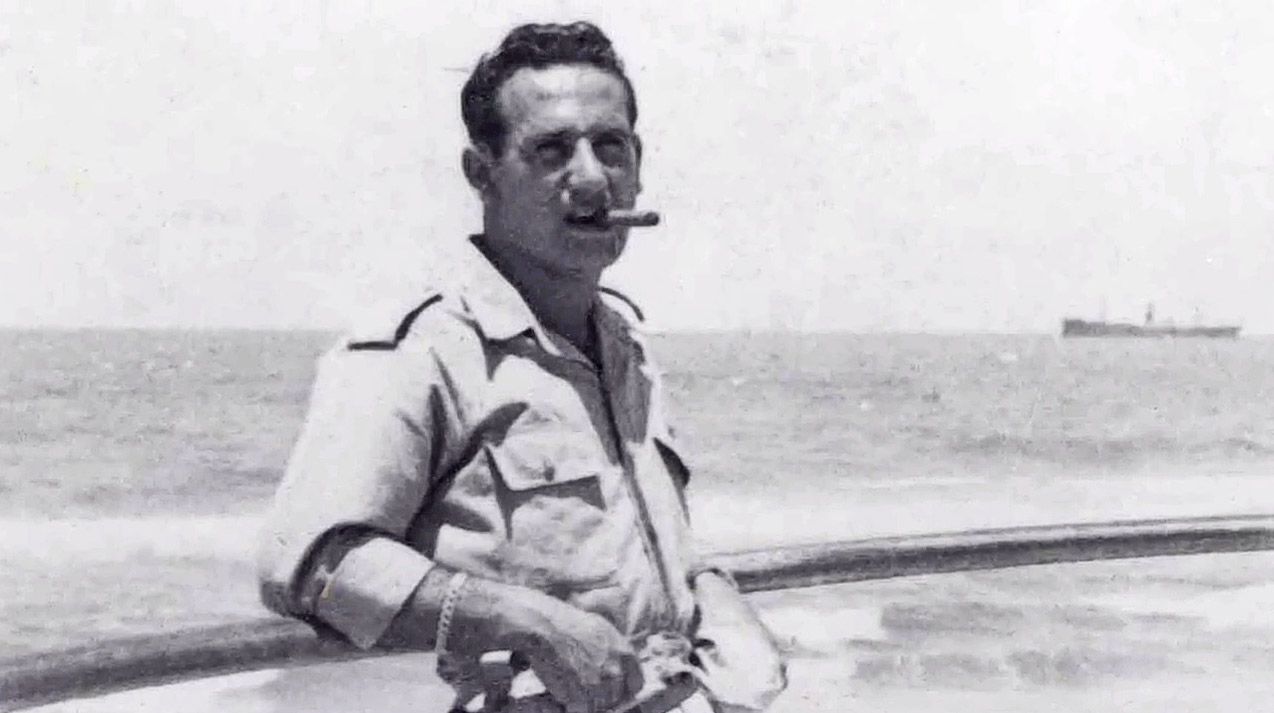
Chapter 4 – Betty Lou Bredemus
Betty Lou Bredomus was born in Minneapolis, Minnesota in 1934. She grew up with a flair for the dramatic, as can be seen in her high school yearbook that lists drama, choir, and her high school newspaper as her hobbies.
Even after graduation, she traveled around Minnesota, performing plays in local theaters. But at some point, she had to return home and take care of her ailing father. Because money was tight, Betty enlisted in the Air Force in 1953.
There she served in the division of personnel that oversaw entertainment for servicemen, and she earned a national defense service medal during her tenure. In the Air Force, she met her future husband Walter.
After both serving their time, they moved together to New Orleans and then to Decatur, Georgia. There she starred in the Children’s program on TV with her husband directing.
Then in 1964 they set up a children’s theater with workshops and productions. A few years later, with the help of a Guggenheim Grant, they added an Actor’s and Writer’s Guild workshop in Atlanta.
Their theater became the most successful one in the South, partly because it was the only integrated option, where every race was welcome.
Living nearby were Coretta Scott and Martin Luther King Jr. They were just starting to become household names. 1955 was the year their names were cemented in history.
Martin became the leader of the Montgomery bus boycott, putting them on the national stage.
Then in 1963 he would deliver his “I have a Dream” speech, and in 1964 would earn a Nobel Prize.
The Kings were controversial for sure, which made life difficult for their children. Many were too scared to allow the King children to be involved with their children. Coretta and Martin’s daughter Yolanda had started listening to her dad’s speeches, which got her interested in being on stage.
At Age of eight, she had already written a play at school. So in 1967, Coretta decided to enroll Yolanda in acting and drama classes.
So she called Betty, at the Actors and Writers Guild, asking if her daughter Yolanda could join.
Betty was eager for everyone to participate, so she eagerly said yes. But Yolanda’s participation wasn’t appreciated by everyone.
A Ku Klux Klan member actually blew up a car outside the theater. Nevertheless, Betty and Walter kept their theater going and didn’t change anything. Because they had Yolanda in common, they often spoke and became friends with Coretta and Martin.
Coretta and Martin even helped the theater financially. And when Betty got pregnant and had a child, Greta Scott King and Martin Luther King stepped up to pay the hospital bills.
In 1968, when Martin Luther King Jr. was assassinated, the King children were in Betty’s hands at acting classes. Sadly, financial hardship closed the theater in 1971, but it is still remembered for the important role it played in the nation’s history.
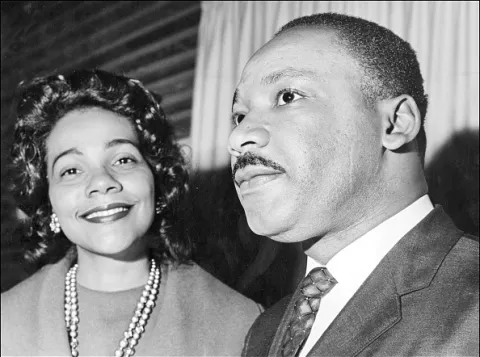
Chapter 5 – Judith Cohen
Judith Cohen was born in 1933, which according to Stanford University, only 8% of women chose to enroll in college then.
Judith was one of the 8%.
In fact, she was something special of the 8%. She got a Master’s Degree from USC. She danced for the New York Metropolitan Opera Ballet and wrote children’s books.
And, was an aerospace engineer.
As a young girl Judith discovered she was good at math. By fifth grade her classmates were having her help them with their homework, and by senior year she was the only girl in her math class. Outside of math she loved to dance.
After high school, she combined her two loves, getting a math scholarship to Brooklyn College, and also dancing, for the court of LA and the New York Metropolitan Opera. During college, she felt more suited to be an engineer than a mathematician, and left Brooklyn for USC in California.
After not seeing a single other female engineering student, she got her master’s degree in 1962.
During college, she worked at North American Aviation on guidance computers. Her work included the guidance system on the Minute Man Missile and the Abort Guidance System on the Apollo Lunar Module.
And she had the luck to be working on space technology during the global space race.
Back in 1957 when Judith got her bachelor’s degree, Russia had launched Sputnik, the first man made object to be placed into Earth’s orbit. The next year, the US Army launched their own satellite, and President Eisenhower approved the creation of NASA.
In May of ’61, John F Kennedy added fuel to the fire, boldly claiming the US would land on the moon before the end of the decade. And from 1961 to 1964, NASA’s budget increased 500 percent, and the lunar landing program grew to over 400,000 people, including outside contractors.
One of those was North American aviation, which later changed their name to TRW, where Judith was building the aboard guidance system for the lunar module.
On July 11, 1969, the US would meet JFK’s goal with Apollo 11 and Neil Armstrong stepping onto the Moon. And then again with Apollo 12 in 1970.
Apollo 13 was the seventh manned mission and the third attempt to land on the Moon. Since NASA had contracted to buy 15 Saturn V rockets, not knowing how many lunar attempts it would take to land on the Moon, Apollo 13 took place because they had nine extra rockets.
The launch went well, getting the astronauts into space where they would sit for three days waiting to get to the Moon. On the third day, the crew woke to begin their days mission. They were scheduled to do a TV broadcast and to test the systems in the lunar module.
After completing their tasks, they adjusted the altitude of the ship to get better photographs of comet Bennett, which happened to be traveling past. About three minutes later, a loud bang was heard, along with fluctuations in electrical power. Communications to Earth were lost briefly. And then were reinstated.
At which time astronaut John Swigert uttered the famous words.
“Houston, we have had a problem”
Moments later, Jim Lovell looked out the spaceship window and reported. “There is a sort of gas venting into space.”
It was determined an oxygen tank had exploded, leaving the service module crippled. It forced the crew to abandon the service module and go into the lunar module to use it as a life raft.
Supplies of electrical power and water on the lunar module were limited, meaning they’d have to rely on the Abort Guidance System. The regular systems drew too much power.
The abort guidance system on the lunar module had been designed by Judith Cohen at TRW.
After having to scratch their plan to land on the moon in order to get home safely, three of the Apollo 13 astronauts visited TRW to express their gratitude for the Abort Guidance System.
Jim Lovell said, “The only reason we are here today is due to the people on the ground with TRW.” He went on to suggest a new tagline for TRW’s marketing, saying, “Maybe you should change it to the last 3,000 miles are on us.”
After retiring, Judith started writing children’s books, the first three of which were,
“Yes, you can be a woman aerospace engineer.” And,
“Yes, you can be a woman dancer.” And finally,
“Yes, you can be a woman author.
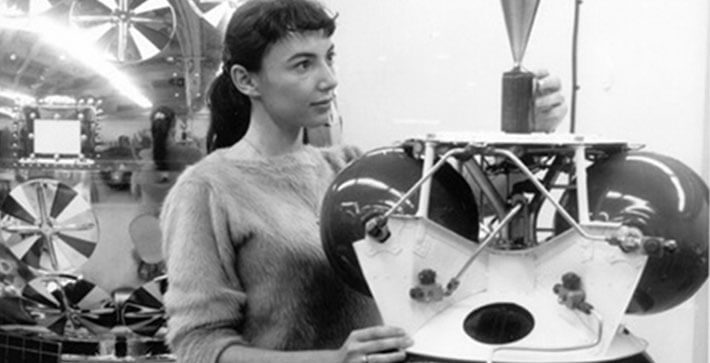
Chapter 6 – William Close
Mobutu Sese Seko Kuku Ngbendu wa za Banga, was born in 1930 in the Belgian Congo, and later served as President of Zaire from 1965 to 1992.
How he got there is the first part of the story.
Mabutu’s mother was a hotel maid who fell in love with a cook. They married and had a child they named Mobutu. When Mobutu was only eight, his dad died, leaving him without a male role model.
Mobutu had spent considerable time at the home of his father’s biggest client, a Belgian judge. The judges wife loved Mobutu, so they took it upon themselves to teach Mobutu to read, to speak and write fluently in French, the official language of the country during the colonial period.
They lived in the capital Leopold’sville, where he attended a private Catholic boarding school. At six he was good in sports, his self-confidence sometimes got the best of him, and he did things not been character with his age.
At 16, for instance, he stowed away on a boat, following a girl, and floated downstream for two months. When he was finally found, the police decided, “Service in the Colonial Army would probably do him well.”
Mobutu found the discipline refreshing refreshing and he enjoyed borrowing newspapers from the Belgian offices, as well as reading the writings of great leaders like Churchill. While in the military he wrote articles for a local Belgian news daily, he loved that, so much that he became a journalist after the military.
That took him to the 1958 World Expo and other international stages where he met young people who were challenging the idea of colonial rule.
In his homeland of the Belgian Congo, Belgium had colonized that part of Africa and word-sleaders. Mobutu also befriended an American doctor, the only surgeon in Leopold’sville, William Close.
William was an American who had grown up at France, went to Harvard, could speak French, and served as a pilot in World War II.
His worldliness was interesting to Mobutu.
William Close came to Belgium Congo as part of the moral re-armament movement that had started in the 30s. The idea was faith-based talking to people, asking them to rearm themselves with the morals of God, and the world would be a safer place.
William felt so strongly about the group he moved his family to Cauz, Switzerland, the organizational headquarters of the movement. When the Congolese began to rebel against the Belgians, he left his wife and daughter in Switzerland and went to the Congo to be of medical assistance and spread word of moral rearmament.
During the revolution, Mobutu was promoted to general in the military, and his friend William Close was promoted to run the entire hospital, as well as be the top medical official to the military.
When Mobutu became general of the military, the United States took note.
The current president of the Belgian Congo had ties with Russia and was likely open to Russian collaboration. For the US, the Belgian Congo was extremely important. Not only was the US trying to stem Russian expansion after World War II, but also Congo had the largest uranium mines.
The uranium used in the atomic bonds over Japan were from the Belgian Congo.
By 1965, Mobutu had become an official friend of the US and was provided whatever help he would have needed in his successful coup d’etat to become president.
William Close was made Surgeon General and Mobutu’s personal physician. As Surgeon General of the nation, William wanted to bring modern health care to the small towns and villages. He even developed a hospital ship he could take down all the rivers.
William stayed with Mobutu for 16 years, and onone of his flights, back to Zaire from visiting his family in Switzerland he overheard CDC doctors talking about how to control an epidemic in Zaire.
Piquing his interest, William asked to join the conversation, and found out that a virus found near the Ebola River was killing everyone in its path. The spread was fast and deadly.
After landing at the capital, William used his extensive contacts, his network of doctors, and military to coordinate a solution. He acquired helicopters from the Department of Health and used his military escorts to deliver masks, gloves, gowns, soaps, and more medical supplies to the towns and villages immediately.
It is said by many that if William hadn’t gotten involved, the Ebola virus could have spread to the rest of the world. But his quick action contained the first outbreak almost immediately.
He will always be remembered as the man who stopped Ebola.
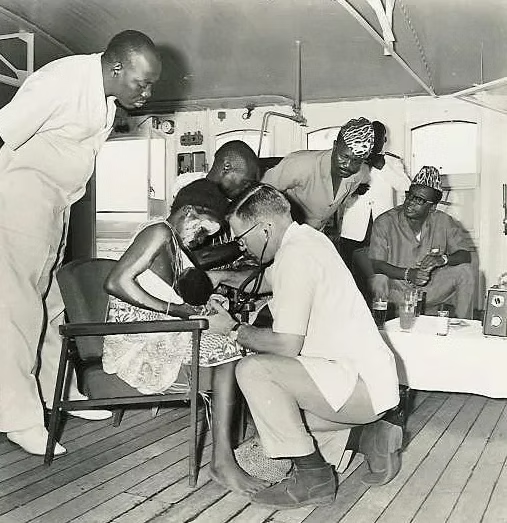
Conclusion
Ebola, Apollo 13, World War II codebreakers, Pearl Harbor, Martin Luther King Jr. and the Israeli Air Force are all major parts of the 20th century.
But these six stories have one thing in common.
All of these heroes were parents.
To people, you know. Brindley and John was the man who’d interviewed Rudolph Hess and helped break the code to stop Rommel. He had a daughter who became a pop music sensation in the 80s.
Brindley Newton John is the father of Olivia Newton John.
Jacqueline Jenkins was one of the Goucher Girls pulled out of college to break the Japanese code. And Jacqueline helped find the mastermind of Pearl Harbor. She had a son who grew up to host a famous science TV show.
You know him as Bill Nye, the science guy.
Milton Rubinfeld flew for three countries during the World War II years and was one of the founding members of the Israeli Air Force. He too had a son in show business who became famous for his TV shows and movies in the 1980s.
His name was Paul Rubens, but you probably know him as PeeWee Herman.
Betty and Walter started the integrated Dance and Acting theater near Atlanta, where Coretta and Martin Luther King sent their children. If you recall, Coretta and Martin helped pay her hospital charges when she gave birth to a little girl.
That girl grew up to be Julia Roberts.
Judith Love Cohen broke the glass ceiling and became an aerospace engineer. One of her projects was the Abort Guidance System that helped save the astronauts of Apollo 13. She too had a famous son who became famous in the movies.
You know him as Jack Black.
And finally, William Close was the personal physician of Mobutu Sese Siko and also helped stop the first outbreak of Ebola. While in Zaire, his wife and daughter remained in Switzerland.
You know his daughter, the Oscar-winning actress, Glenn Close.
And as Paul Harvey famously said, “Now you know the rest of the story.”
CUTTING ROOM FLOOR
To hear all the stories that hit the cutting room floor, you have to listen to the episode.
ABOUT THE SHOW
Let us tell you the story of the 20th Century, by tracing each event back to the original decisions that shaped it. You’ll quickly find out that everybody and everything is connected. If you thought you understood the 20th Century, you’re in for a treat.
Tracing the Path is inspired by storytellers like Paul Harvey, Charles Kuralt, and Andy Rooney.
INTERCONNECTED EPISODES
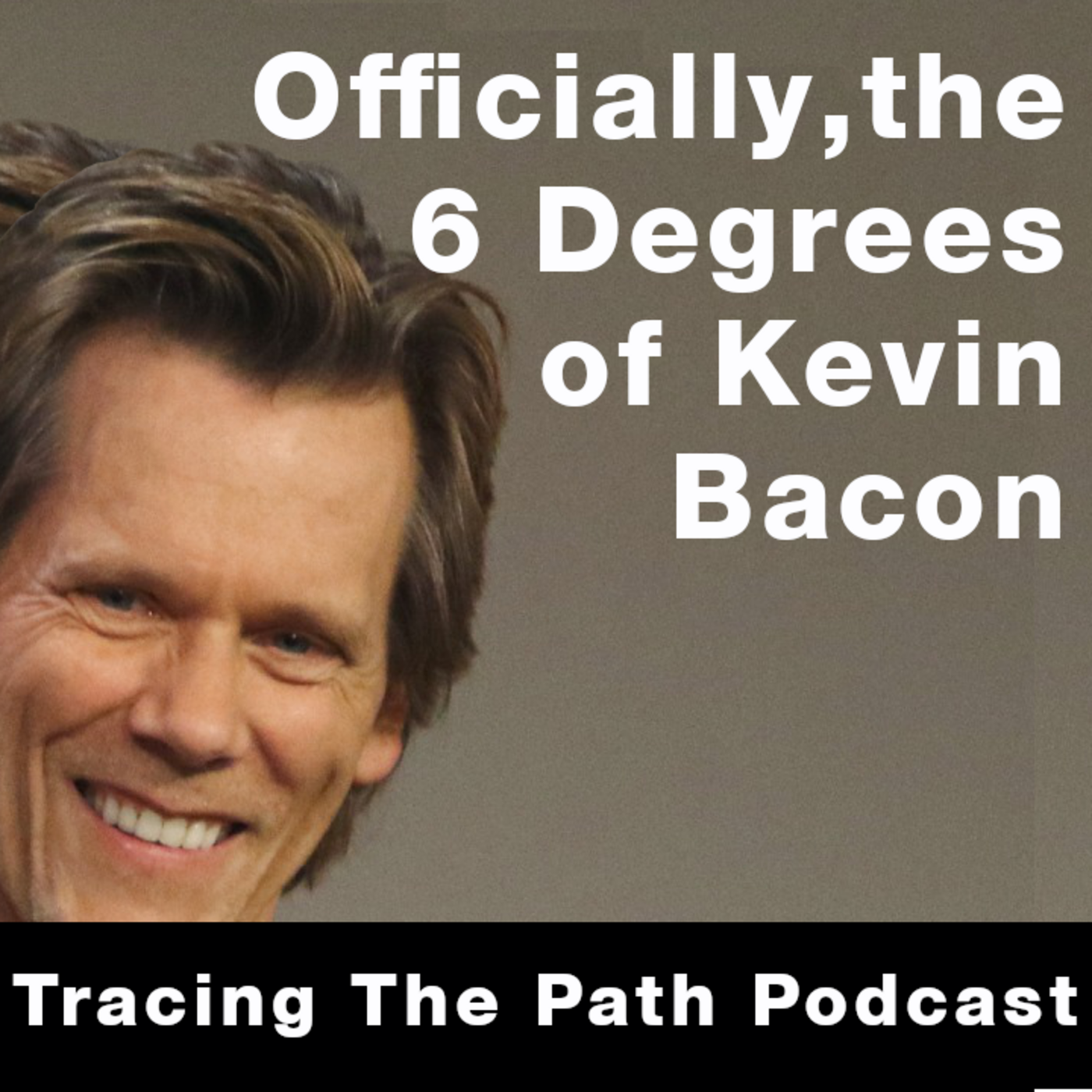 |
The Official Six Degrees of Kevin Bacon It just so happens Tracing the Path is friends with the creator of the Six Degrees, and he’s only 1 degree away. |
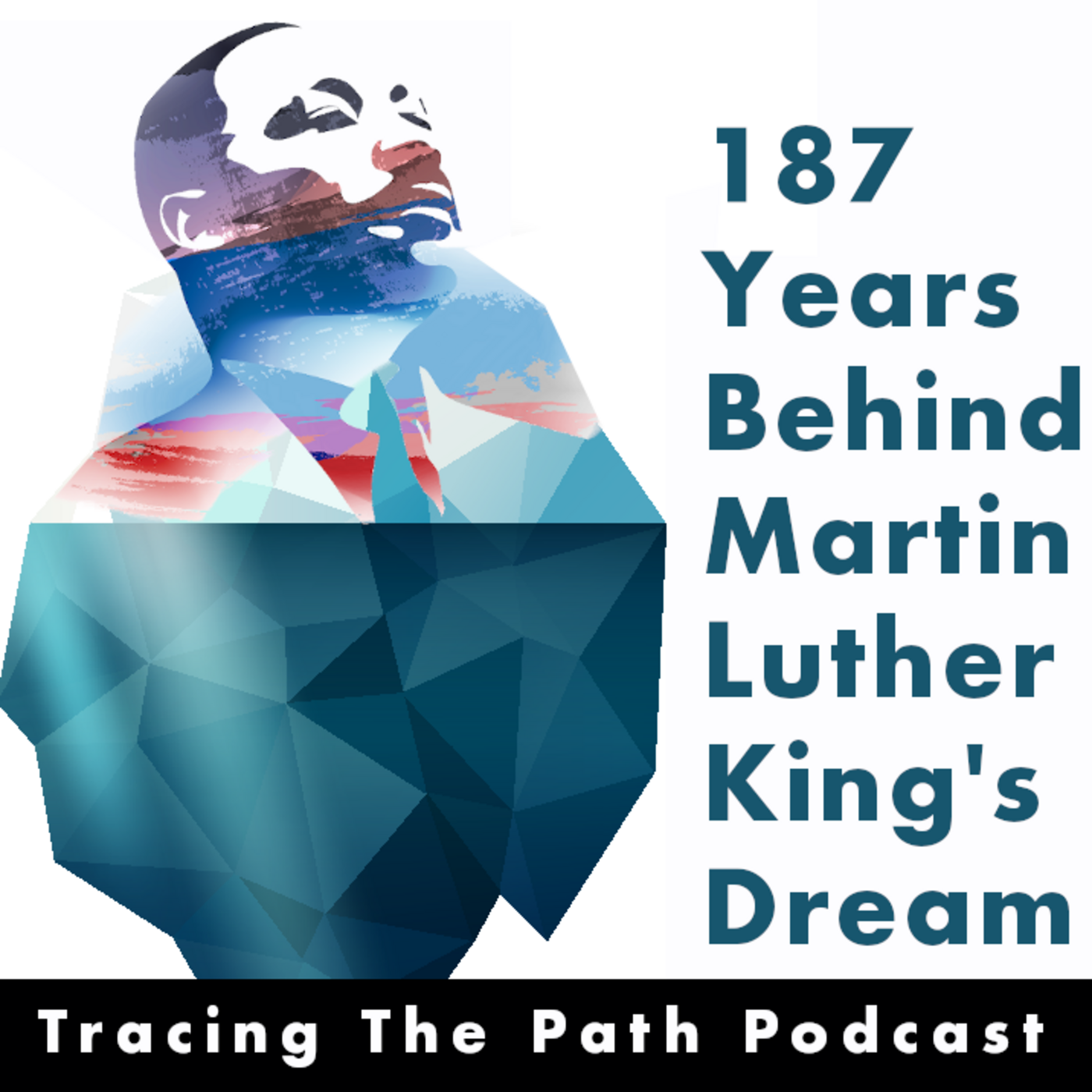 |
187 Years Behind Martin Luther Kind’s Dream We all learn about the “I Have a Dream” speech, but few know where it comes from. |
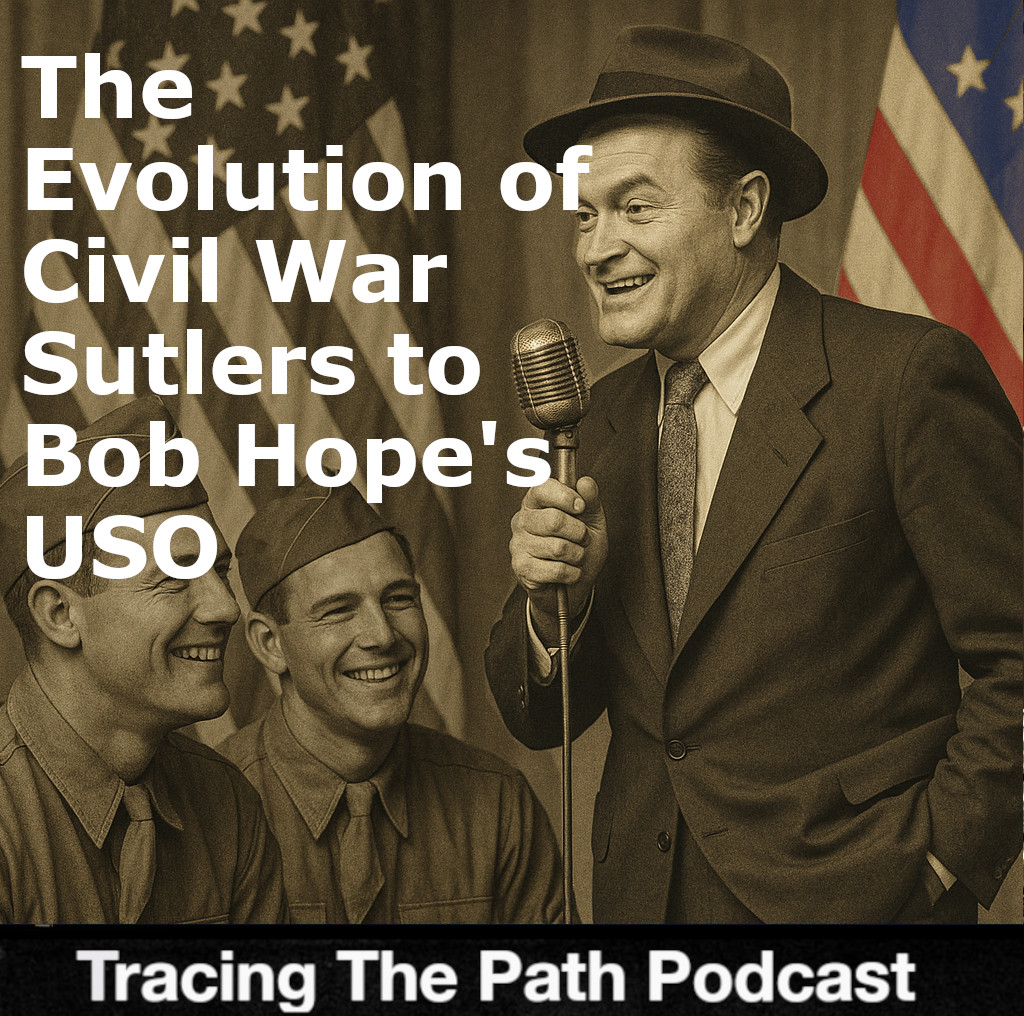 |
Evolving Civil War Sutlers into the Bob Hope’s USO Many factors went into the success of the USO. It wasn’t necessarily just big hearted celebrities |
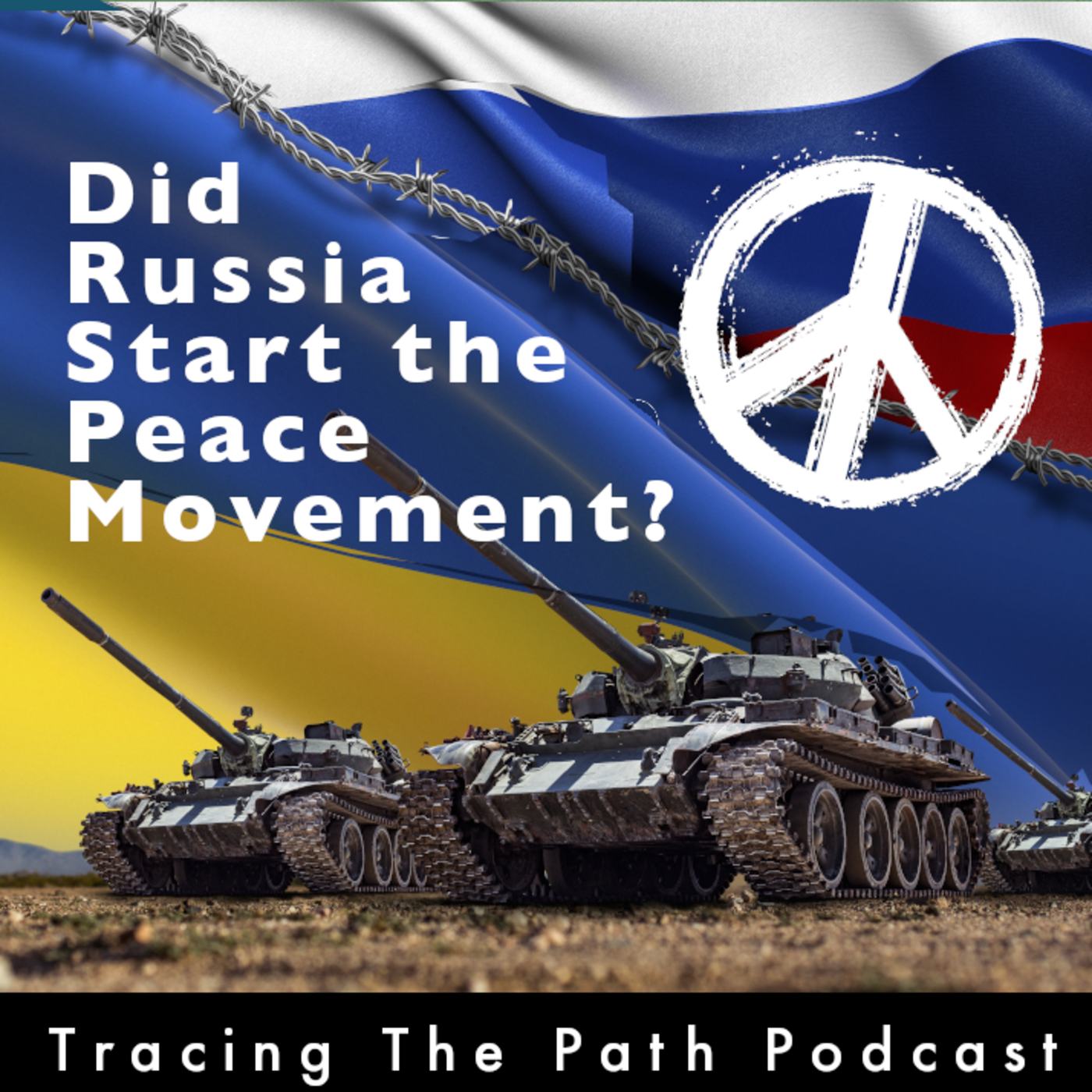 |
Did Russia Start the Peace Movement Could Russia have started a “peace” revolution so that it could plan more evil strategies? |
 |
300 Years to Email Enron What happened after the fall of Enron is amazing. Who knew email could become the world’s next best weapon. |
SEE THE BIBLIOGRAPHY
SUBSCRIBE AND LISTEN (FOR FREE!)
RATINGS & REVIEWS
If you enjoy this podcast, please give it a rating and review.Positive ratings and reviews help bring Tracing The Path to the attention of other history lovers who may not be aware of our show.



